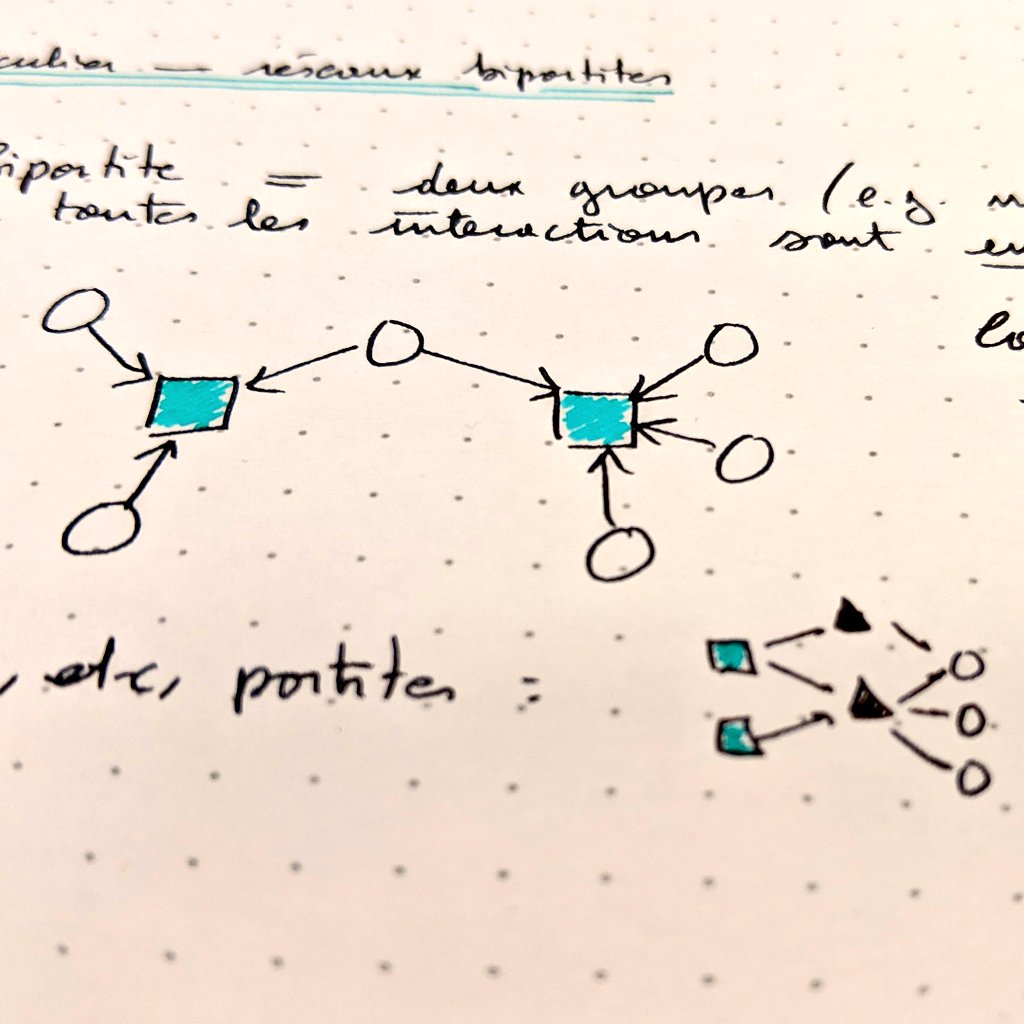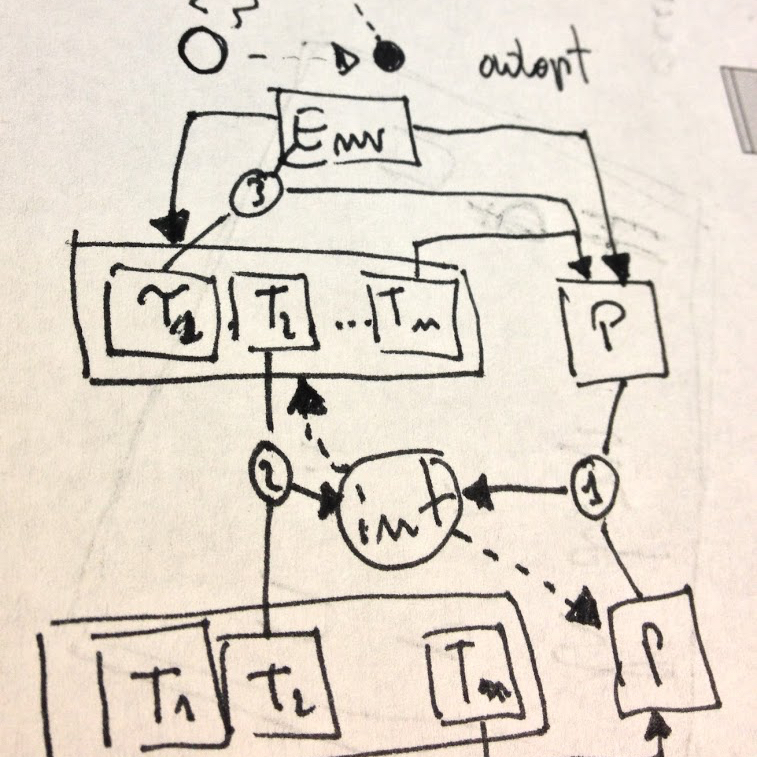*Version francaise en cours de traduction*
Science de la biodiversité computationnelle
La science de la biodiversité a évolué au cours des quinze dernières années grâce aux avancées techniques remarquables en matière de puissance de calcul et d’acquisition de données, ce qui a donné naissance à de vastes bases de données sur la biodiversité.
Les demandes sociétales croissantes pour évaluer l’état de la biodiversité dans le contexte des changements mondiaux poussent l’écologie et les sciences environnementales vers une science prédictive. Les programmes de surveillance de la biodiversité mis en œuvre pour suivre les impacts des grands projets industriels (p. ex. barrages hydroélectriques, mines) génèrent des quantités massives d’information qui peuvent être utilisées pour prévoir les impacts futurs des activités humaines sur la biodiversité. D’autres domaines des sciences de la vie, comme la génomique et la médecine, ont fait face à une augmentation de la disponibilité des données en développant des infrastructures informatiques, des canaux de données et des méthodologies analytiques, tandis que l’écologie est relativement en retard.
La science de la biodiversité est confrontée au défi particulier d’intégrer des jeux de données hétérogènes, disparates et de plus en plus volumineux. C’est particulièrement vrai au Canada, un vaste pays avec un gradient sud-nord impressionnant et comprenant un large éventail d’environnements allant des forêts de feuillus dans le sud aux écosystèmes de la toundra arctique. Les données sur la biodiversité provenant des milieux nordiques, fondées sur des connaissances scientifiques ou traditionnelles, peuvent être particulièrement fragmentées. Pour ce faire, il faut adopter une approche spécifique pour accroître la disponibilité des données et la culture informatique chez les futurs écologistes.
Nous proposons un programme de formation pour accélérer l’élaboration d’approches fondées sur le big data en science de la biodiversité et pour les mettre à la disposition des futurs employeurs dans le but de les aider à faire évoluer la gestion de la biodiversité, du sud vers le nord de notre pays, de l’Arctique.
Photos à gauche et au centre: Timothée Poisot, Photo à droite: Markus Spiske | Unsplash
Employers need for training
Avant la mise en place du programme, nous avons effectué une étude à grande échelle pour évaluer les besoins en matière de biodiversité computationnelle.
We reached 385 students, university professors, and professionals in the field of biology and ecology to investigate the match between employer’s needs in data management and analysis, and training received in regular academic programs. We further mined 179 job advertisements for biologists to identify the most frequently required skills.
We found that while training for skills such as communication, fieldwork, and taxonomy is usually well supported by traditional academic programs, there is insufficient coverage for database management, advanced statistical techniques, GIS, scientific programming and computing, all skills widely required in today’s job market.
The new opportunities offered by unprecedented access to numerical information requires researchers and practitioners to develop these skills but current traditional training programs cannot meet the demand.
Developing a culture of computational biodiversity science and services outside of academia cannot be achieved with one or a few specialized courses; this requires an integrated training program based on a multi-disciplinary network of expertise where students are mentored throughout their studies and constantly in contact with future employers. This is what the program in Computational Biodiversity Science and Services (BIOS2) is about.
Career opportunities for BIOS2 fellows
The number of employees in the sector of the environment is constantly growing, with an increase of 7.0% between 2010 and 2013, for a total of approximately 730 000 jobs in Canada. These are high-quality jobs, with a much larger fraction of employees with a university degree than the Canadian average (36.9% higher). 75% of the employers expect to recruit new employees over the next two years. Similarly, the federal government is recruiting more biologists and this trend is expected to increase in the next decade because of high demand in the field of biodiversity science. Most of the job offers we evaluated were for leaders and highly qualified personnel, such as director, project manager, coordinator, team leader. The BIOS2 training program is designed to facilitate the transition of the trainees towards non-academic sectors. Internships, problem-solving workshops, continuous training of partners and specific training sessions are all activities that will get fellows in contact with future employers, improve their networking and communication skills and provide them a better understanding of the expectations and roles they will have once in the Canadian workforce.




